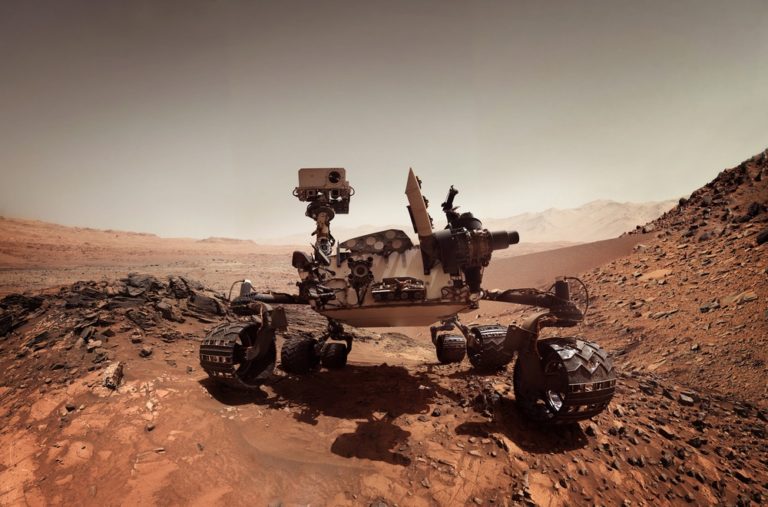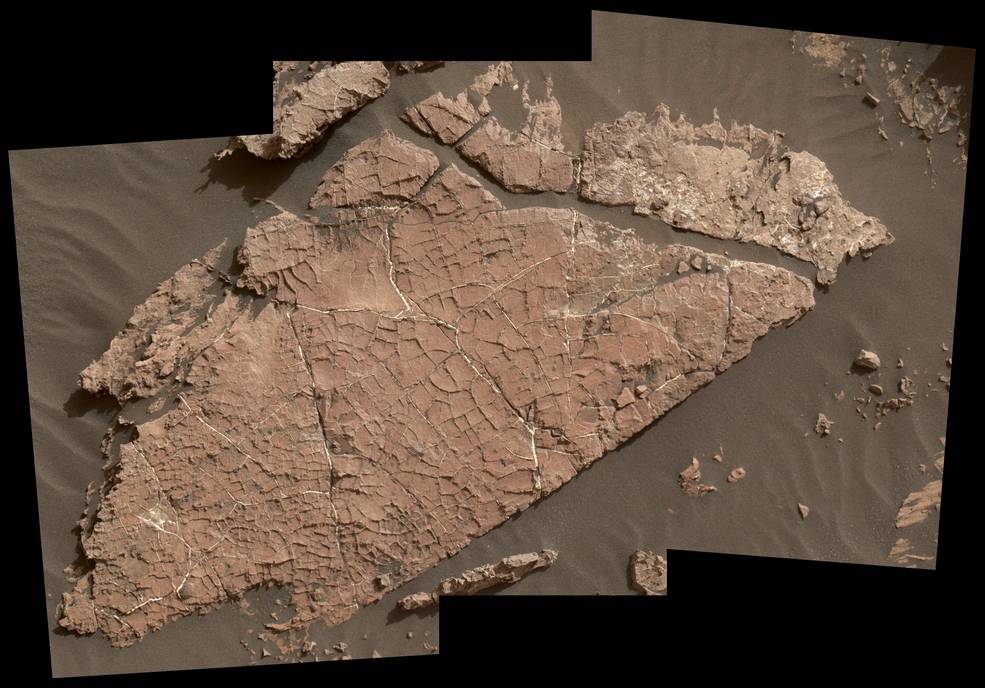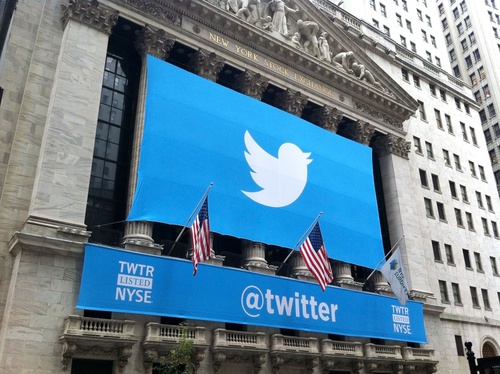On Thursday, the Federal Trade Commission announced that Uber has agreed to pay the federal government $20 million after the ride-sharing company recruited potential drivers with “exaggerated earnings claims”.
The Federal Trade Commission argued that Uber overestimated the potential yearly and hourly income an Uber driver could earn in certain cities. In addition, the ride-sharing company misinformed potential drivers about the the company’s financing options.
The Federal Trade Commission points out that Uber claimed on the company’s website that UberX driver’s median income was over $90,000 in New York. But, in actuality, the FTC alleges that the drivers’ annual median income nearly $30,000 less than Uber’s estimates in New York. In fact, the FTC argues that less than 10% of all drivers in New York actually made $90,000 a year.
In addition, the Federal Trade Commission explained that the company misinformed their Vehicle Solutions Program consumers and in turn, many drivers received worse monthly payment rates on average than typical consumers with similar credit scores. Not to mention, Uber also claimed the cars leased under the Vehicle Solutions Program would have unlimited mileage, when in actuality the leases actually did have mileage limits.
The director of the Federal Trade Commission’s Bureau of Consumer Protection, Jessica Rich, asserted that people signing up to drive for uber should not be taken advantaged of.
“Many consumers sign up to drive for Uber, but they shouldn’t be taken for a ride about their earnings potential or the cost of financing a car through Uber,” Rich said. “This settlement will put millions of dollars back in Uber drivers’ pockets.”
It’s important to note that Uber runs a tight ship when it comes to the type of cars they allowed to be used through their program. For example, in New York City, the car cannot be older than 5 years old and the vehicle must pass an Uber inspection.
This news comes after General Motors announced a new program to allow potential Uber drivers the ability to rent a car. Through the General Motors’ subsidiary company, Maven, aspiring Uber drivers would have the ability to rent a car from the Maven fleet for $179 a week. The program would provide unlimited miles and car insurance. Not to mention, drivers who decide to rent the car through the program can use the vehicle for personal use when they are not working.













